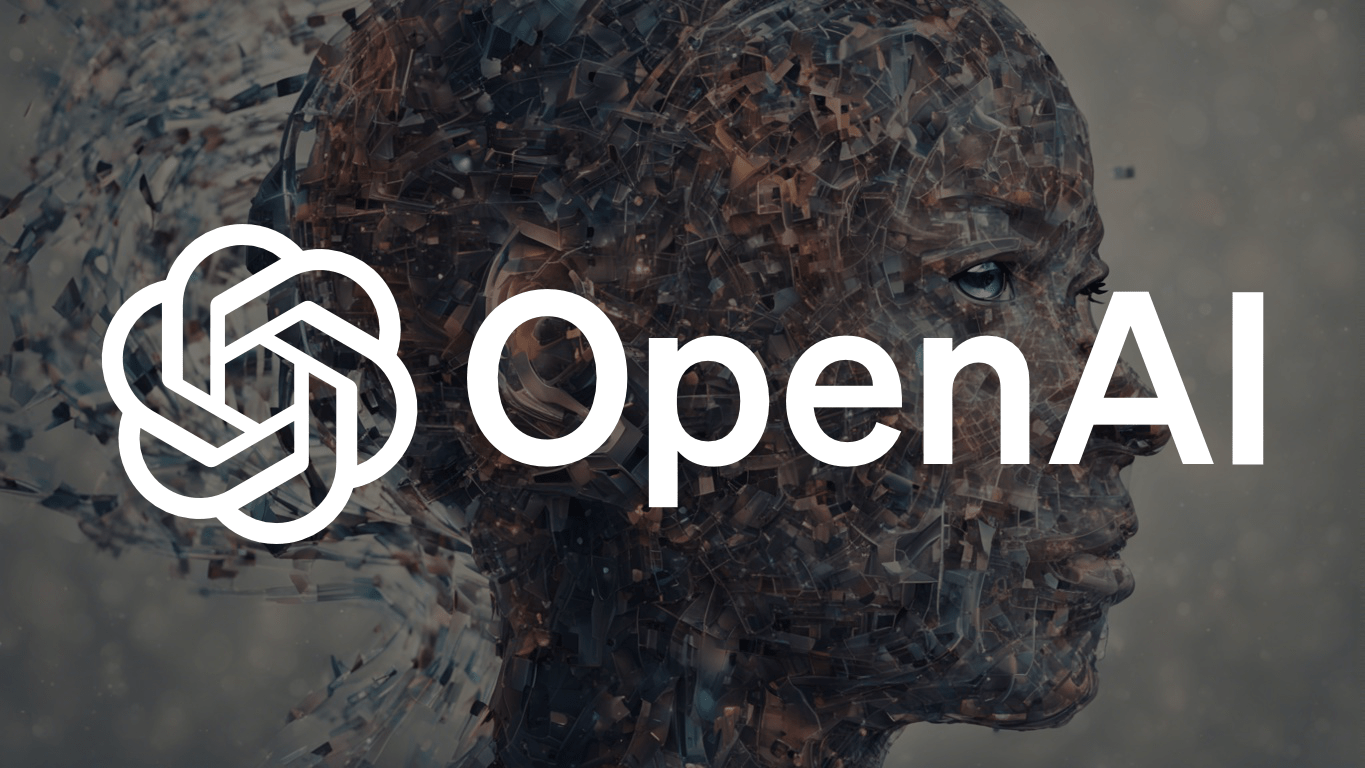OpenAI's Meteoric Rise in Revenue: $1B in Revenue

Generative AI, particularly natural language processing models like ChatGPT, has recently become the focal point of discussions in Silicon Valley. But it's not just the tech's capability to draft prose or create poetry that's stirring excitement; it's the underlying economic model and its potential for high revenue generation that's catching everyone's eye. The recent reports around OpenAI's financial surge exemplify this trend, marking a crucial moment in the commercial landscape of AI.
Projected to generate more than $1 billion in annual revenue, OpenAI stands as a testament to the lucrative nature of generative AI. To many, this might seem like an overnight success, but industry experts know that the road to this financial milestone has been anything but easy. Understanding the intricate dynamics that have propelled OpenAI to this status can offer insights into what lies ahead for the broader AI industry.
So, what factors have contributed to OpenAI's rapid financial ascent, and what does this mean for the future of generative AI? Let's look into the multiple facets that have positioned OpenAI as a commercial powerhouse, setting the stage for the next revolution in artificial intelligence.
The Economics of AI: From $28 Million to a Billion
Until recently, OpenAI's revenue was pegged at a modest $28 million for an entire year. Fast forward to now, and the company is generating an eye-popping $80 million per month. This is no small feat, and several factors have contributed to this exponential growth.
Firstly, the partnership with Microsoft, involving a staggering investment of over $10 billion, has provided OpenAI with the financial muscle and computing capacity to scale its operations. Microsoft's backing has also given the company the credibility to attract a broader spectrum of business customers, thereby diversifying its revenue streams.
Secondly, OpenAI has successfully monetized API access to its AI models, both for developers and enterprises. The API economy has proven to be a robust business model in the tech industry, and OpenAI has capitalized on this trend effectively. This strategy not only provides a steady income but also allows the company to gain insights into how its technology is being used, which can inform future developments.
Lastly, the company has ventured into premium subscriptions and enterprise-level offerings with enhanced features and privacy safeguards. These efforts signify a targeted approach to increase revenue from their most popular product, ChatGPT, which despite its popularity, is expensive to operate given its computational requirements.
The Role of ChatGPT in OpenAI's Success
ChatGPT has been the poster child for OpenAI’s revenue generation. Known for its capabilities in generating human-like text, it has garnered widespread attention. But it's crucial to understand that ChatGPT is not just a fancy tool for generating prose or poetry; it's a technological marvel that can transform industries.
The recent launch of ChatGPT Enterprise indicates OpenAI's ambition to cater to a diverse array of business needs. From fledgling startups to established corporations, the adaptability of ChatGPT allows for its seamless integration into various business operations. This flexibility is particularly valuable because it enables companies to solve a wide range of challenges without having to invest in specialized software for each task.
Moreover, ChatGPT's API access opens up a plethora of opportunities for developers. By incorporating the chatbot into other applications, businesses can create more dynamic and interactive user experiences. This adaptability not only enhances the value proposition of ChatGPT but also creates an ecosystem where both OpenAI and third-party developers can thrive.
Given these factors, it's hardly surprising that ChatGPT has been central to OpenAI's commercial success. It serves as a perfect case study for how generative AI can be monetized effectively without compromising on the quality or utility of the product.
The Broader Implications for the AI Industry
OpenAI's success story doesn't just illuminate the company's prowess; it sets the stage for the broader implications that the AI industry is likely to witness. The commercial viability demonstrated by OpenAI establishes a precedent that other companies in the AI sector could potentially follow.
For one, the financial growth indicates a wider acceptance and adoption of AI technologies in the business landscape. It's not just tech companies that are integrating AI into their operations; industries as varied as healthcare, retail, and manufacturing are also recognizing the value of AI-driven solutions.
Additionally, OpenAI’s commercial achievements serve as a validation of the API economy in the realm of AI. As more companies look to monetize their AI technologies, API access could emerge as a dominant business model, similar to what we've seen in the software industry.
Furthermore, the exponential revenue growth sets the stage for increased investment in AI research and development. Capital influx from both venture capital firms and corporate partnerships is likely to accelerate, given the demonstrated financial returns. This could usher in a new era of innovation and competition in the AI sector.
Challenges and Considerations
While the financial ascent of OpenAI is indeed impressive, it's important to consider the challenges that lie ahead. One significant concern is the cost of operating robust AI models. Despite the high revenue, OpenAI reported a loss of around $540 million in 2022, primarily due to the development of GPT-4 and ChatGPT.
This highlights a fundamental tension in the AI industry: the balance between innovation and profitability. Advanced models require extensive computational power, which is expensive. Therefore, companies must find ways to offset these costs, either through diversified revenue streams or more efficient algorithms.
Another challenge is the ethical considerations surrounding generative AI. As these models become more integrated into critical sectors, questions about accountability, data privacy, and potential misuse will inevitably arise. Addressing these issues is not just a moral imperative but could also impact the long-term sustainability of the business.
Finally, as more competitors enter the market, OpenAI will need to continuously innovate to maintain its edge. The rapid pace of technological advancements means that today's revolutionary product could become tomorrow's commodity. For OpenAI, and the AI industry at large, the ability to stay ahead of the curve will be crucial for long-term success.
Setting the Stage for the Future
The remarkable financial growth of OpenAI serves as a milestone in the commercial history of artificial intelligence. It not only validates the economic potential of generative AI but also sets the benchmark for what's achievable in terms of revenue and impact.
However, it's essential to view this success within a larger context. OpenAI's journey provides a roadmap for other companies in the AI sector, but it also exposes the challenges that must be navigated for sustained success. From ethical dilemmas to the high costs of innovation, these are complex issues that require multi-faceted solutions.
The narrative surrounding OpenAI's financial trajectory is more than a story of dollars and cents; it's a tale that encapsulates the potential, the challenges, and the future of the artificial intelligence industry. It paints a picture of what's possible when technological innovation aligns with commercial strategy, and it sets the stage for the next chapter in the AI saga—a chapter that, given the trends, promises to be even more compelling than the last.
